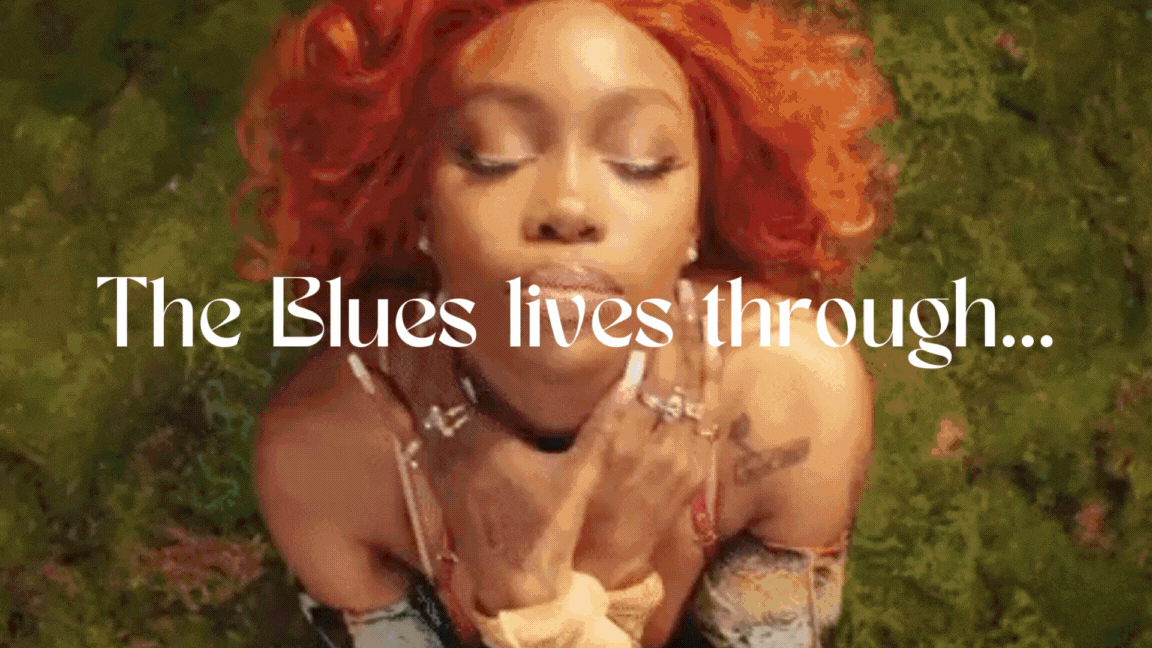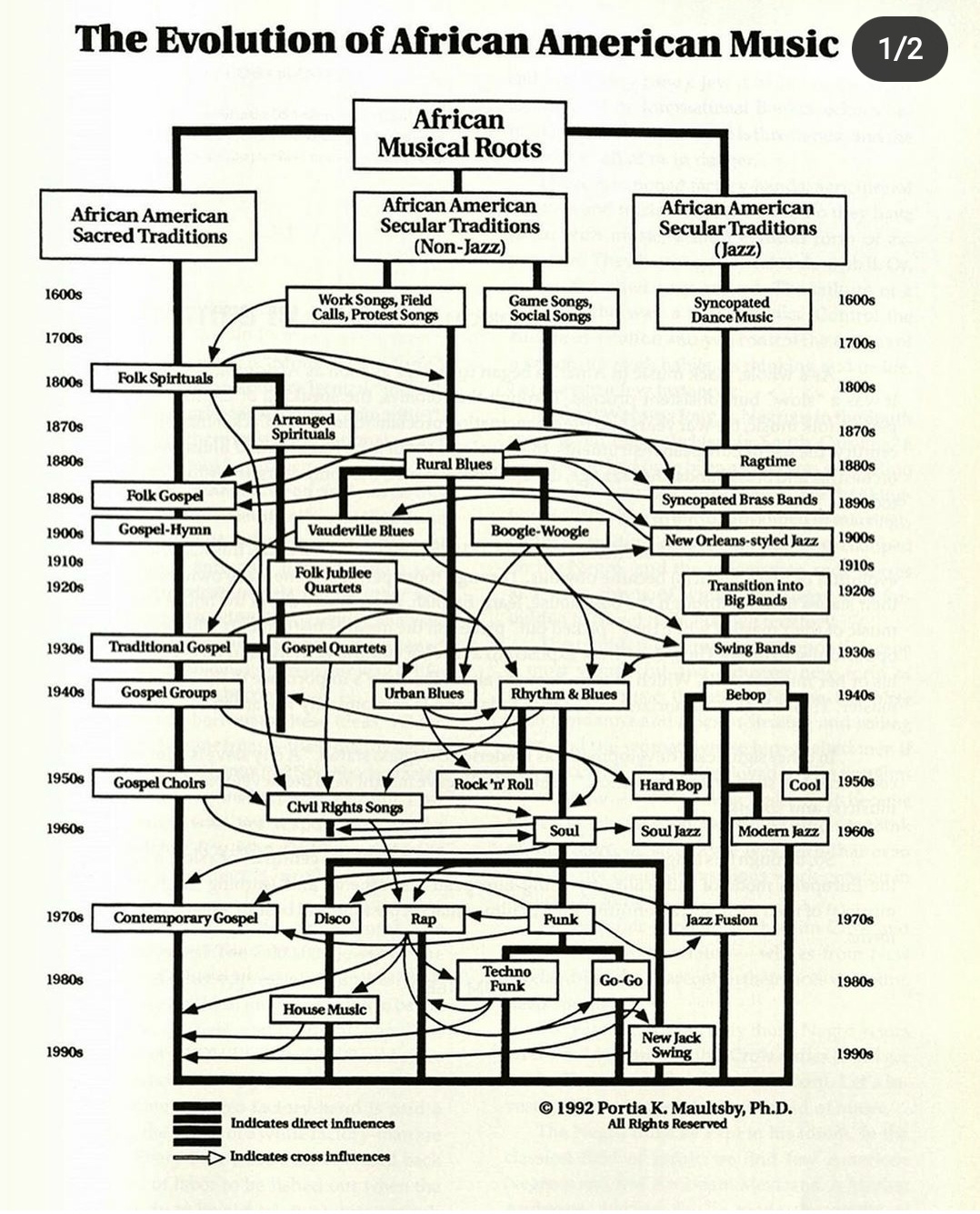The Blues lives through…
How Ma Rainey and Bessie Smith's classic Blues traditions live through SZA, Janelle Monáe, Victoria Monét and Amaarae.
The Blues lives through SZA.
The Blues lives through Janelle Monáe.
The Blues lives through Amaarae.
The Blues lives through Victoria Monét.
THE BLUES LIVES THROUGH is my new essay collection linking past and present music. The classic Blues singers Ma Rainey and Bessie Smith rose to stardom in the 1920s. 100 years later, I write about Black singers preserving the Blues storytelling traditions in the 2020s.
This collection has six (6) parts:
Time Travel Via The Blues (Keep scrolling)
Are the Blues forever? (2/27)
Part 1 is below. I will be unlocking a new part each week and emailing to free subscribers on the dates above. Paid subscribers have access now. I suggest reading them in the order listed. Also, here is a YouTube playlist with all the songs mentioned in this series.
This took four months of reading, writing and fact-checking and is entirely self-funded and self-produced by me. So I’m glad it’s finally here, especially with Black History Month and Women’s History Month upon us. I can’t wait to hear your thoughts.
Part 1: Time travel via the Blues
Black women & non-binary artists in 2023
Janelle Monáe bared it all, glistened, and painted a Black queer pleasure paradise. SZA took embarrassing tales of a broken heart and broke records. Victoria Monét transmuted postpartum Blues into an uplifting anthem. Amaarae brought her version of gospel and revelations to pop.
2023’s Black women and non-binary-people-led albums fed us conversations about rediscovering one’s confidence, healing from toxic relationships, sexual liberation, guiltless indulgence, and so much more. They pushed the boundaries of popular music by evoking and fusing multiple eras of sound, all while penning their personal stories with modern lingo and singing styles. The synergy of these releases reminded me of the electric conversations Black female artists sparked about womanhood in 2016.
As I played these current hitmakers, I time traveled to study the foundation layers. Today’s artists carry a great legacy of Black women recording their Blues, which began in the 1920s. Yes, Black American women have shared their vulnerabilities in distributed music for over 100 years. I did some essential reading on the topic from Blues Legacies and Black Feminism: Gertrude Ma Rainey, Bessie Smith, and Billie Holiday by Angela Davis, and Black Pearls: Blues Queens of the 1920s by Daphne Duval Harrison.
While the Blues has evolved sonically into numerous genres and subgenres, the subject matter and the spirit of the Blues’ rich truth-telling lives on in contemporary music. I dedicate this essay to this history by comparing a sample of lyrics sung by current Black women and non-binary singers to those of the past to show nothing’s new under the sun.
What’s in the water?

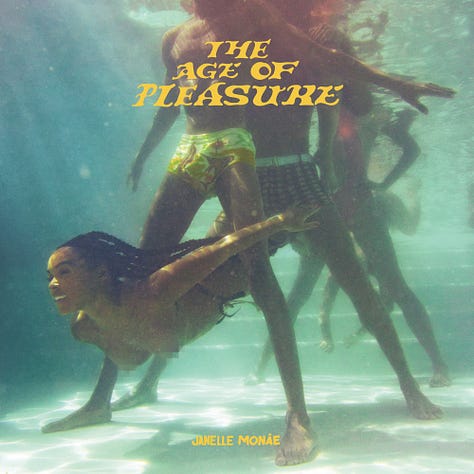
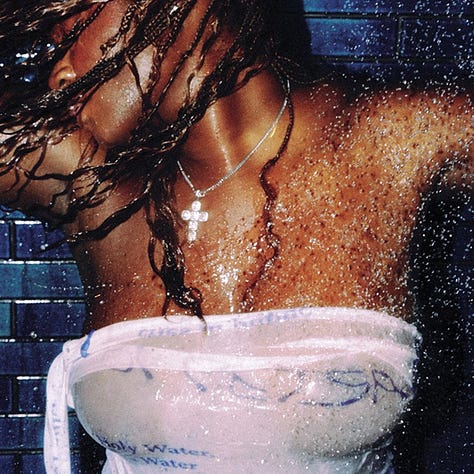
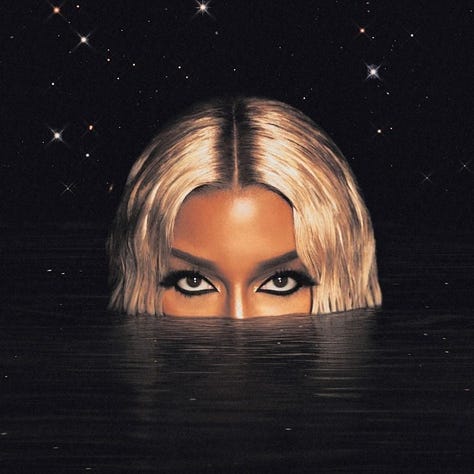
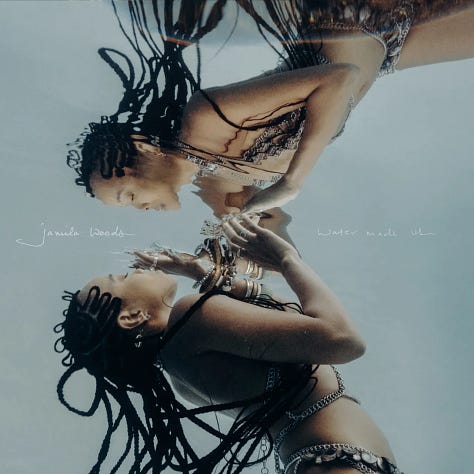
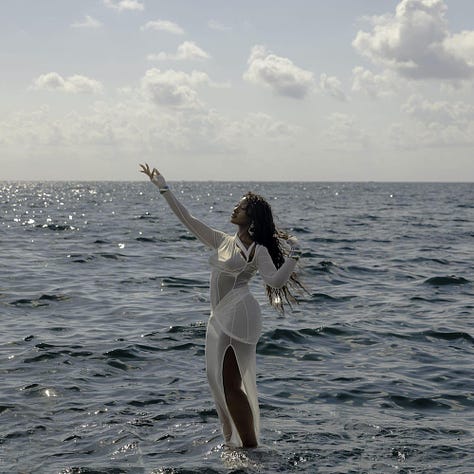
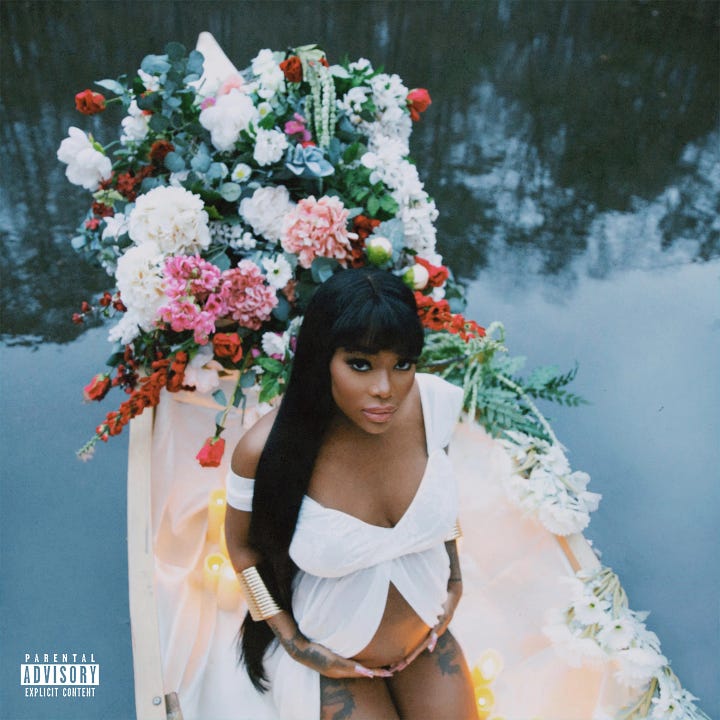
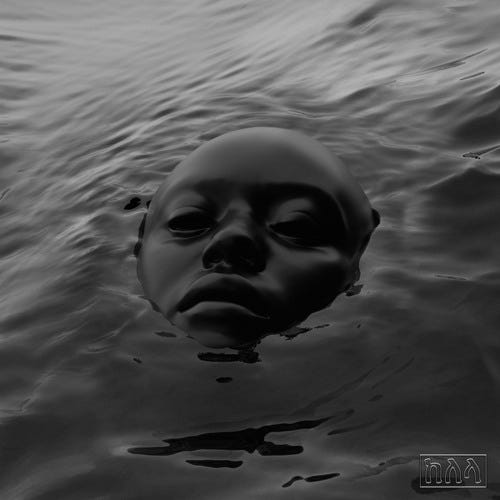
Looking back on 2023, we saw many artists use water as a symbol in their artistic expression. I’m theorizing, but when you consider our social climate over the past four years — pandemics, strikes, inflation, and genocide — Black women artists visually surrounding themselves with the one element in which they can submerge their burdens, cravings, and desires makes sense since Indigenous cultures hold H20 to be a means of cleansing and spiritual purification. Was this trend a coincidence or was there a deeper meaning to it?
What is factual is this: the tradition of baring the soul through secular American music, despite an adversarial social climate, dates back to farmers and working-class Deep Southern Black American Blues that emerged following American chattel slavery in the Mississippi Delta. Here Black lives were “created, sustained and sometimes destroyed” by the Mississippi River, according to The Mississippi Delta National Heritage Area. As we speak of water symbolism in present-day artistry, we’re reminded that water was an incredibly dominant force of nature in the environment of the Blues music creators, and influenced their song topics, especially during the Great Mississippi Flood of 1927.
When these African-American musical innovators were emancipated in 1865, and for some enslaved people much later, they had new freedom to travel, pursue education, and explore their love lives and sexual partnerships. The Blues reflected their evolving experiences, Angela Davis explained in Blues Legacies and Black Feminism. “The birth of the Blues was aesthetic evidence of new psychosocial realities within the black population,” Davis writes. The Blues was a way for African-Americans to express the full spectrum of their humanity through music, after hundreds of years of slavery dehumanized them. Willie Dixon, a legendary Blues composer and band leader, called the Blues the facts of life and the root of all American music in a 1995 interview.1
“The Blues are the true facts of life expressed in words and songs and inspirations with feeling and understanding. The people, regardless of what condition an individual is in, they want to be in better shape. They believe in letting somebody know what condition they're in, in order to help themselves. Whether it's good, whether it's bad, right, or wrong.” — Willie Dixon, legendary Blues composer and band leader
The people called this music the Blues because it named the experiences of African-Americans, often with a somber tone, and because performers employed “the blue note.” These were the originators of “sad girl” or “sad boy” music. The exact date of the Blues creation is unknown, but by the time Mamie Smith’s “Crazy Blues” became the first Blues recording by a Black female singer in 1920, it could have been at least 400 years old.2 The Blues evolved from West African song forms and musical traditions, spirituals by enslaved African-Americans, and freed Black musicians who created instruments with materials they had around them. By the early 20th century, the Blues was the most prominent secular genre in Black American music. While many artists did not benefit financially from their works, they did shape the future of music and gave African-American listeners immense pride.
White record companies saw the success of “Crazy Blues” as the prototype for “race records” that were profitable to sell to African-Americans in the 1920s to 1930s. Now, the energy of the juke joint and barrelhouse would live forever on wax. In came a wave of Black women Blues stars who recorded the earliest classics: Gertrude “Ma” Rainey, the “Mother of the Blues,” Bessie Smith, the “Empress of the Blues,” Ida Cox, the “Uncrowned Queen of the Blues” and Lucille Bogan, the bawdy Blues legend. Their songs were about independence, complex emotions and desires, and hardships rooted in sexism, homophobia, racism, and classism while living in rural areas and big cities. The stories were universal but especially resonated with female fans.
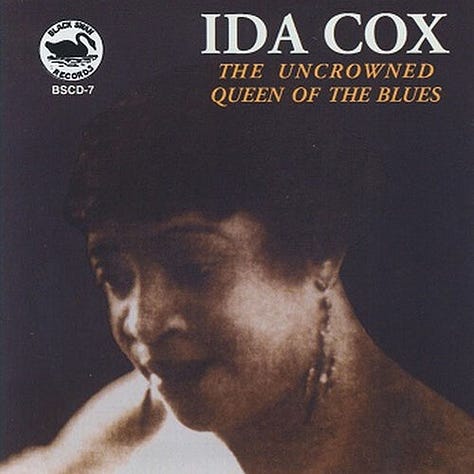
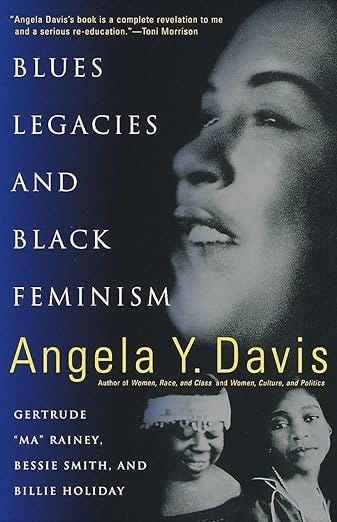
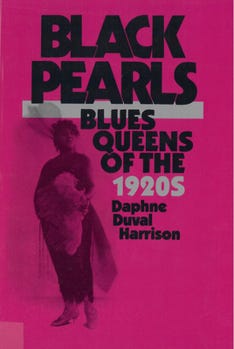
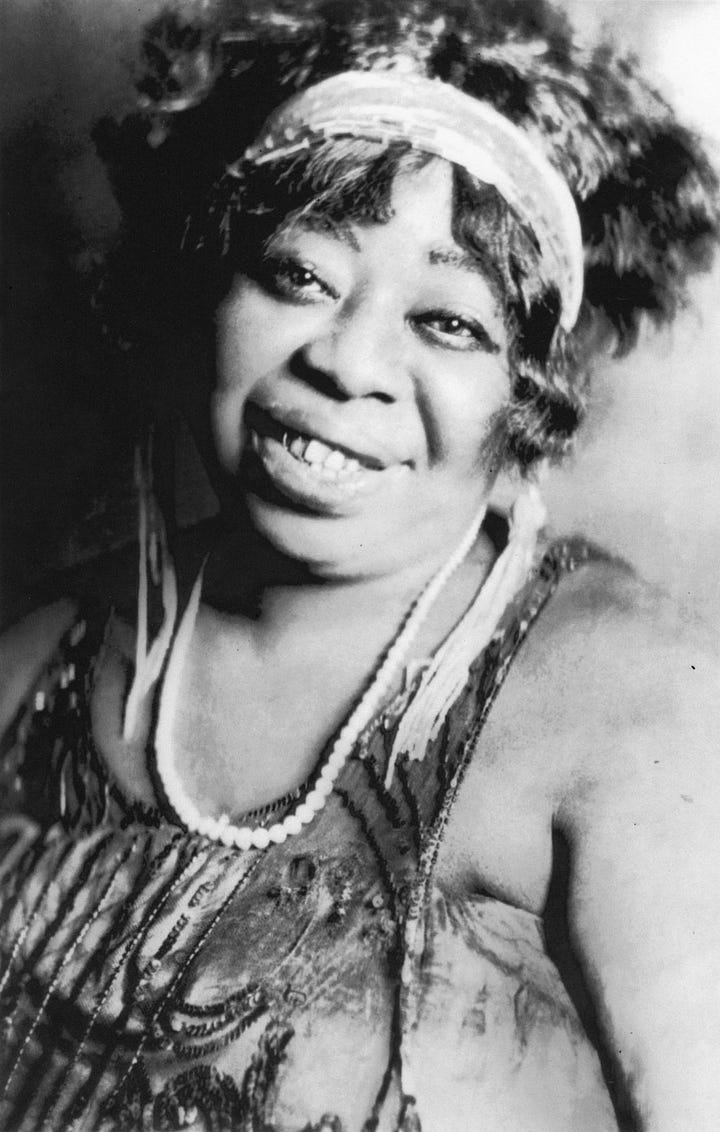
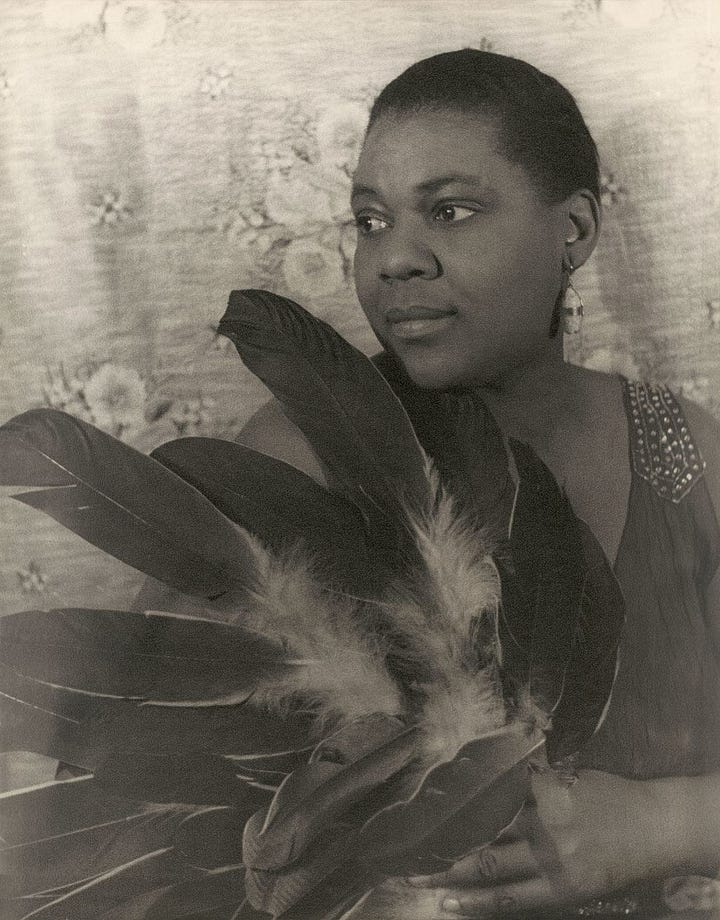
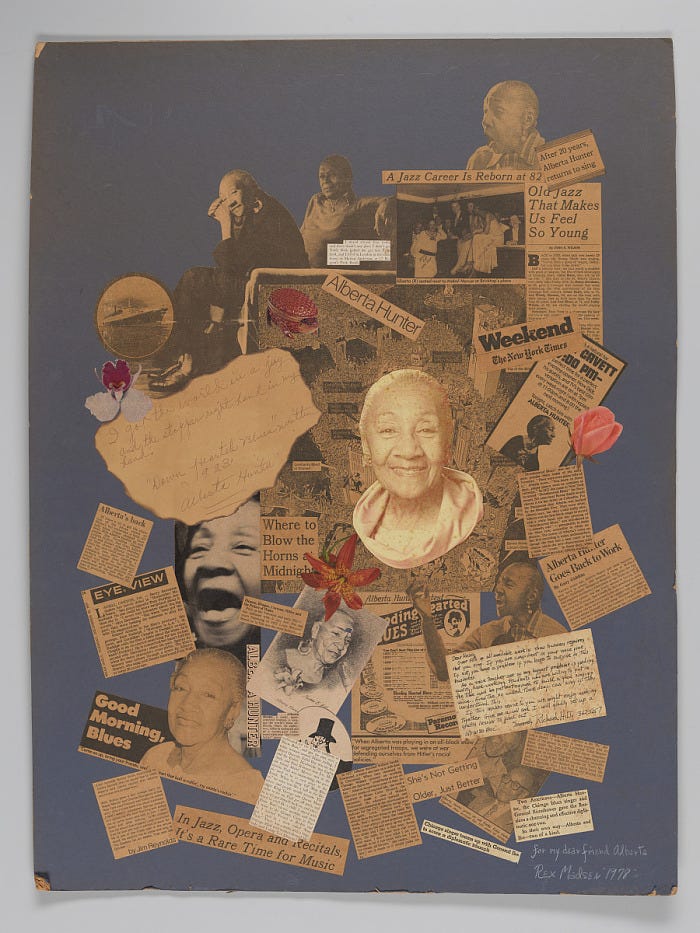
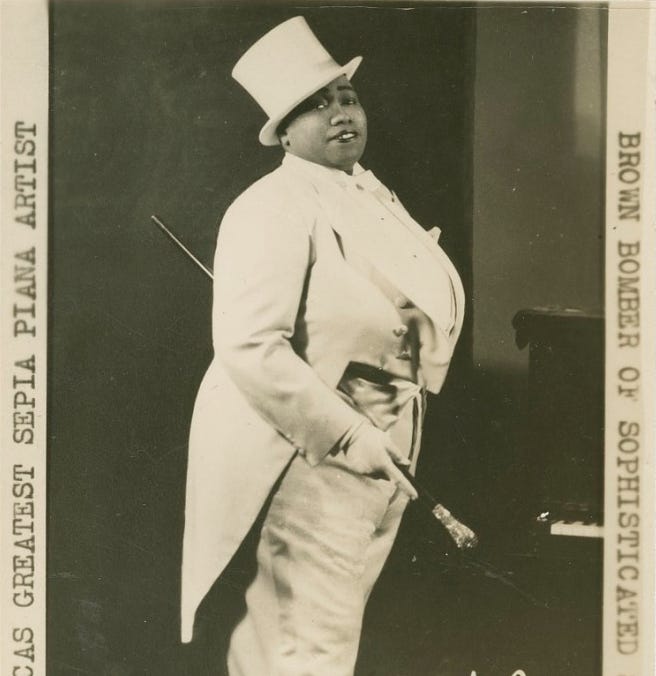
Dr. Harrison lists the following Blues songs themes in her book Black Pearls: “advice to other women; alcohol; betrayal or abandonment; broken or failed love affairs; death: departure; dilemma of staying with man or returning to family; disease and afflictions; erotica; hell; homosexuality; infidelity; injustice; jail and serving time; loss of lover; love; men; mistreatment: murder; other woman; poverty; promiscuity; sadness; sex; suicide; supernatural; trains; traveling: unfaithfulness; vengeance; weariness, depression and disillusionment; weight loss.”
Many of these songs were composed by men, yet the Blues women performed a “female interpretation” of the lyrics, Dr. Harrison writes. Their unique singing styles deepened the emotional feeling and relatability of their works. They innovated the Blues with inflection, emphasis, and improvisation at the right moments throughout their songs. Later, performers in jazz, Broadway musicals, gospel, rhythm and Blues, and rock and roll imitated their unusual phrasing, shouts, groans, moans, and wails.3
The Blues women’s oral culture of telling it like it is and giving unfiltered life lessons about topics censored in popular music laid the groundwork for Black feminism in popular culture. But this did bring its share of hate. During the Harlem Renaissance, Black intellectuals of the same period, except Zora Neale Hurston and Langston Hughes, considered the jazz and Blues “low culture.”4 The Blues were also shunned by Black churches. We witness this in the novel and film The Color Purple by Alice Walker. Shug, a character in the story, is a Blues singer whose pastor father cut her off for doing the “devil’s music.” In its prime, Blues music was counter-culture.
Today’s music
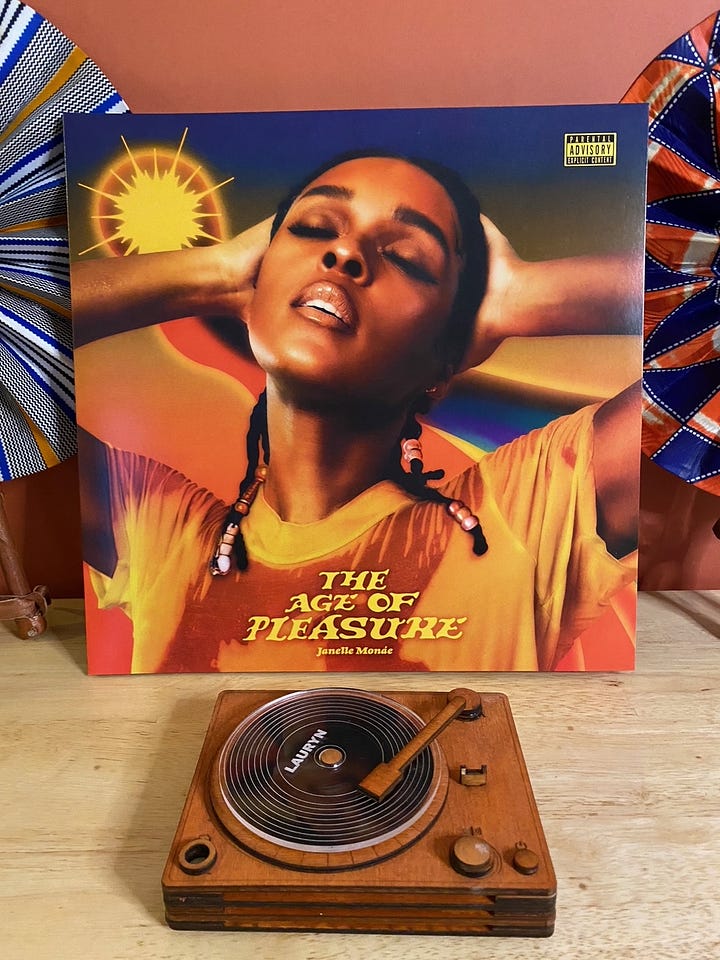
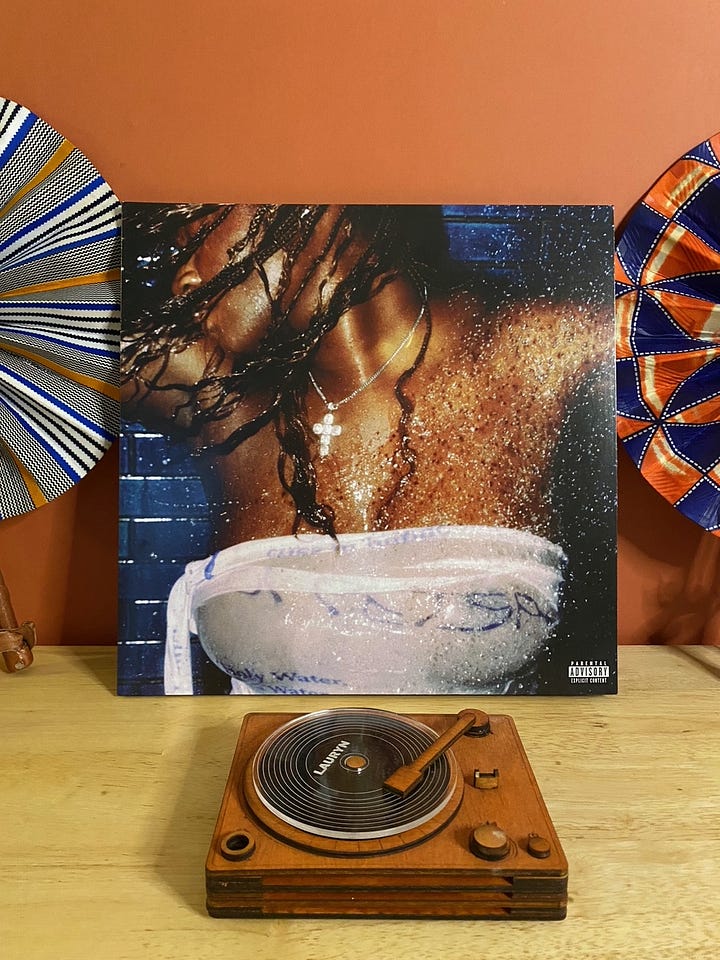
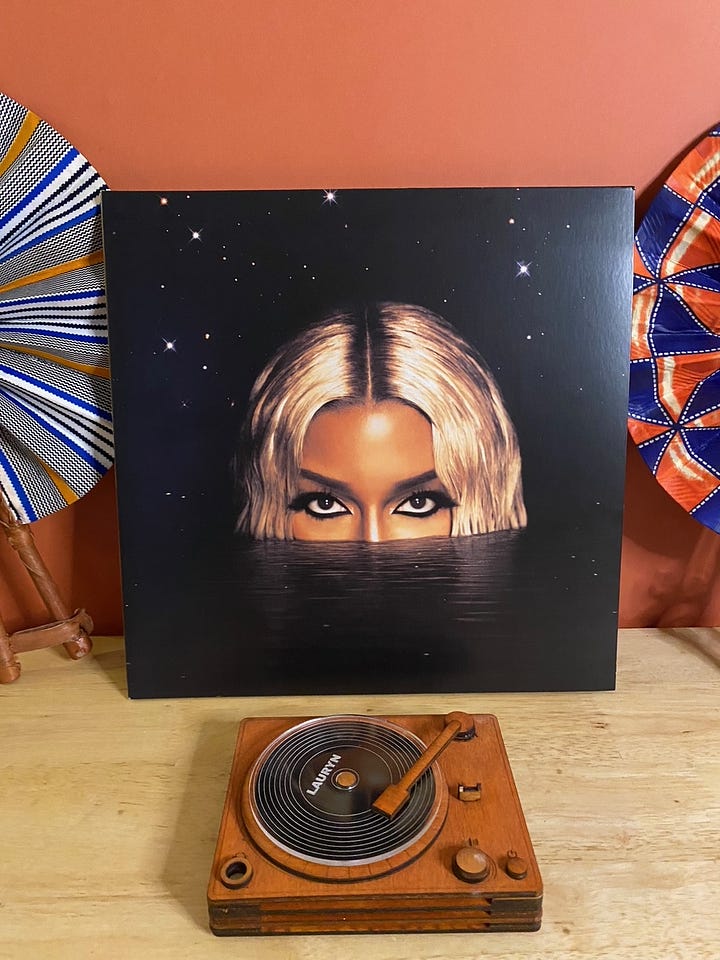
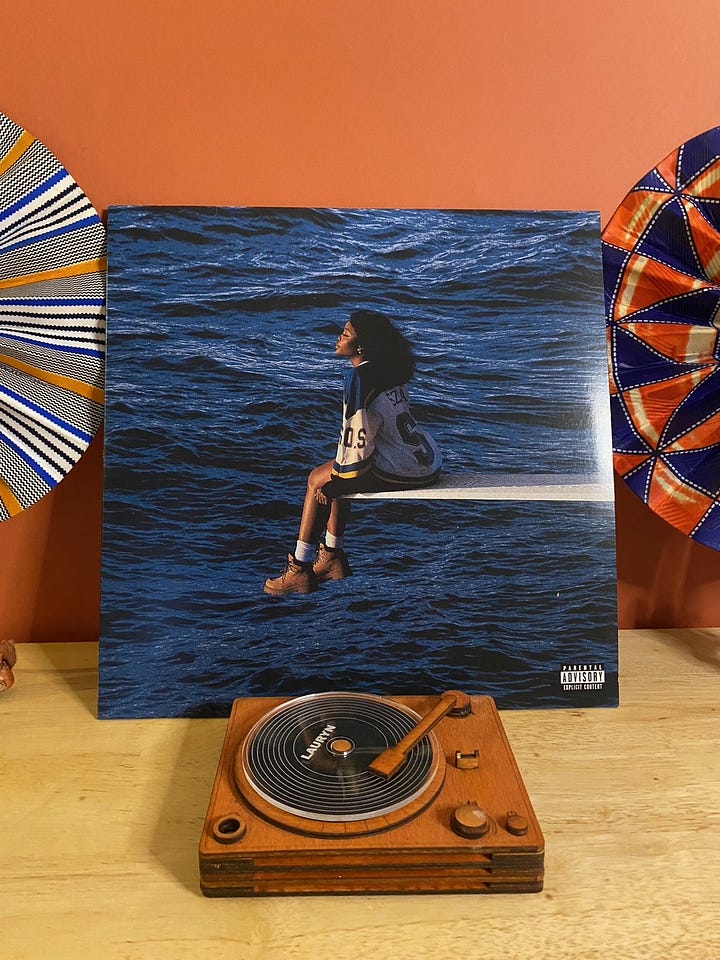
In 2024, the idea that some topics are too taboo, too heavy, too sinful, or too promiscuous are critiques Black female songwriters still face. But the Blues still show up in Black women and non-binary people’s R&B, pop, alternative, electronic, rock, dance or fusion. And like their foremothers, they don't hold back about the ups and downs of their experiences when they sing over beats of their choice.
Now dive into the albums of 2023 that I feel did that best: Janelle Monáe's Age of Pleasure, Amaarae's Fountain Baby, Victoria Monét's Jaguar II, and SZA’s SOS. I focused on these four because of their impact, sales, innovative soundscapes, standout narratives, and critical acclaim. This year, these are artists are all Grammy-nominated.
Note: In this piece, I speak of the Blues as an African-American tradition of truth-telling in music and analyze modern lyrics within this context. This piece does not touch on music theory.
Continue reading part two “SZA’s SOS — Heartbreak & Healing Blues” here.
Long, W. (1995). The Wisdom of the Blues--Defining Blues as the True Facts of Life: An Interview with Willie Dixon. African American Review, 29(2), 207–212. https://doi.org/10.2307/3042292
Harrison, Daphne. "Who's Got the Blues & Why Lecture - Dr. Daphne Duval-Harrison." YouTube, uploaded by greenfieldcc, 10 Feb. 2011. LINK.
Harrison, Professor Daphne. Black Pearls: Blues Queens of the 1920s. Introduction; Chapter 2, Kindle Edition.
Davis, Angela Y.. Blues Legacies and Black Feminism: Gertrude Ma Rainey, Bessie Smith, and Billie Holiday; Introduction, Kindle Edition.



